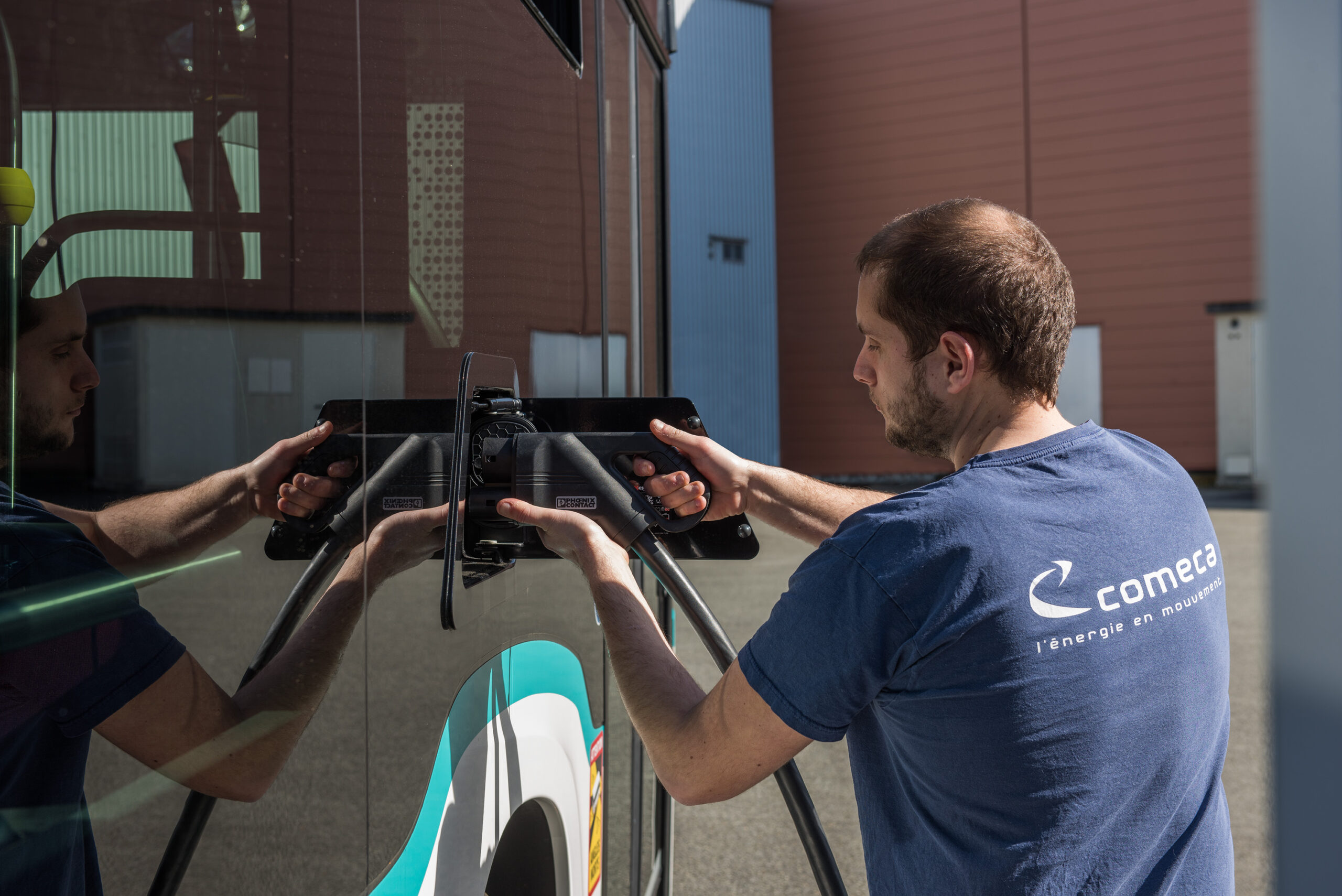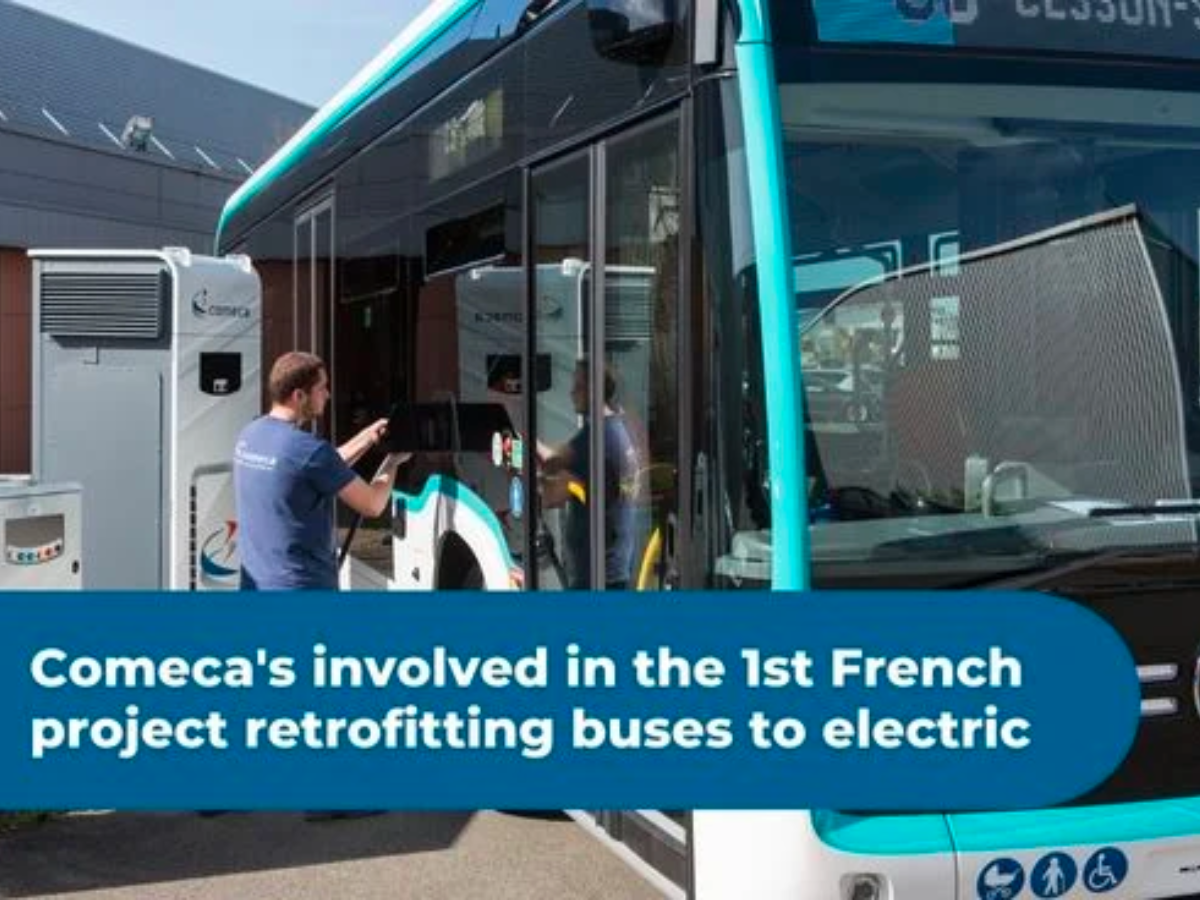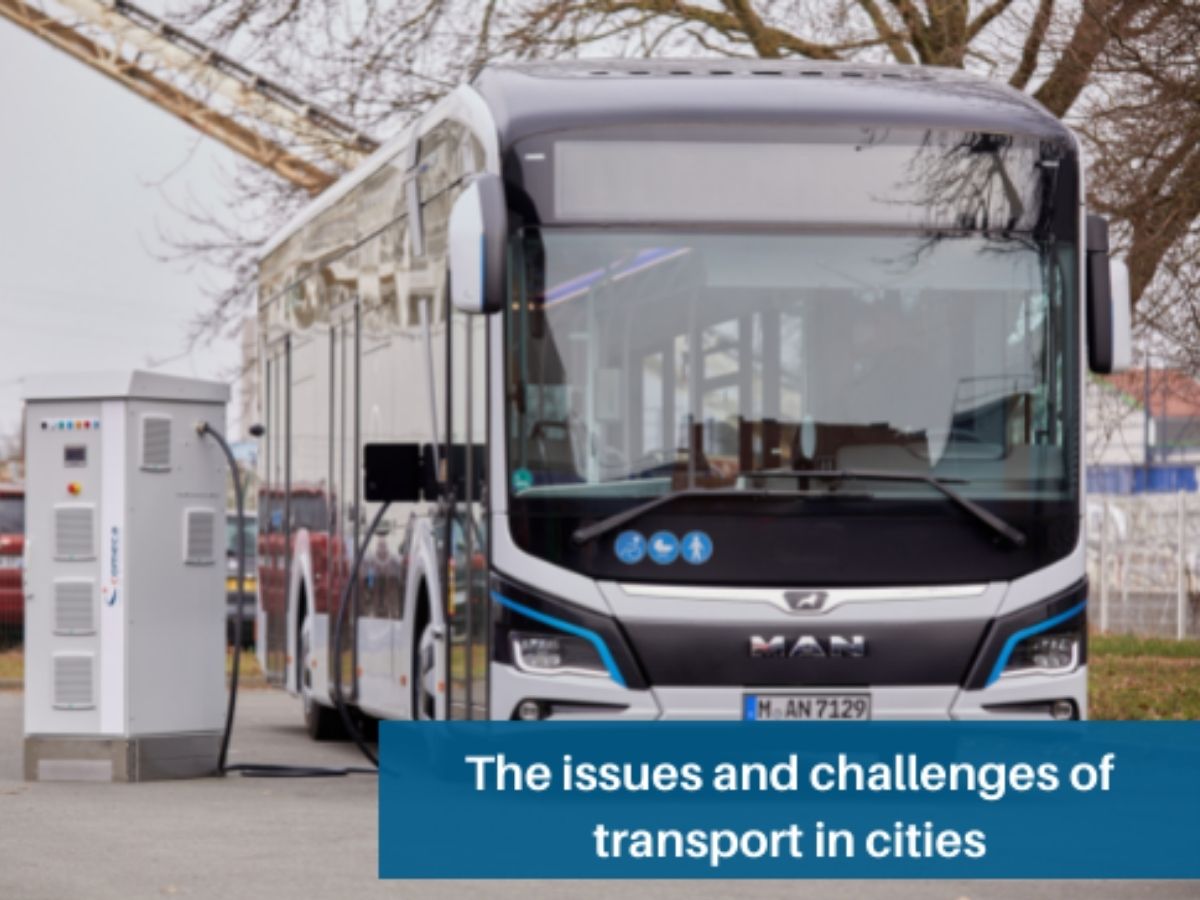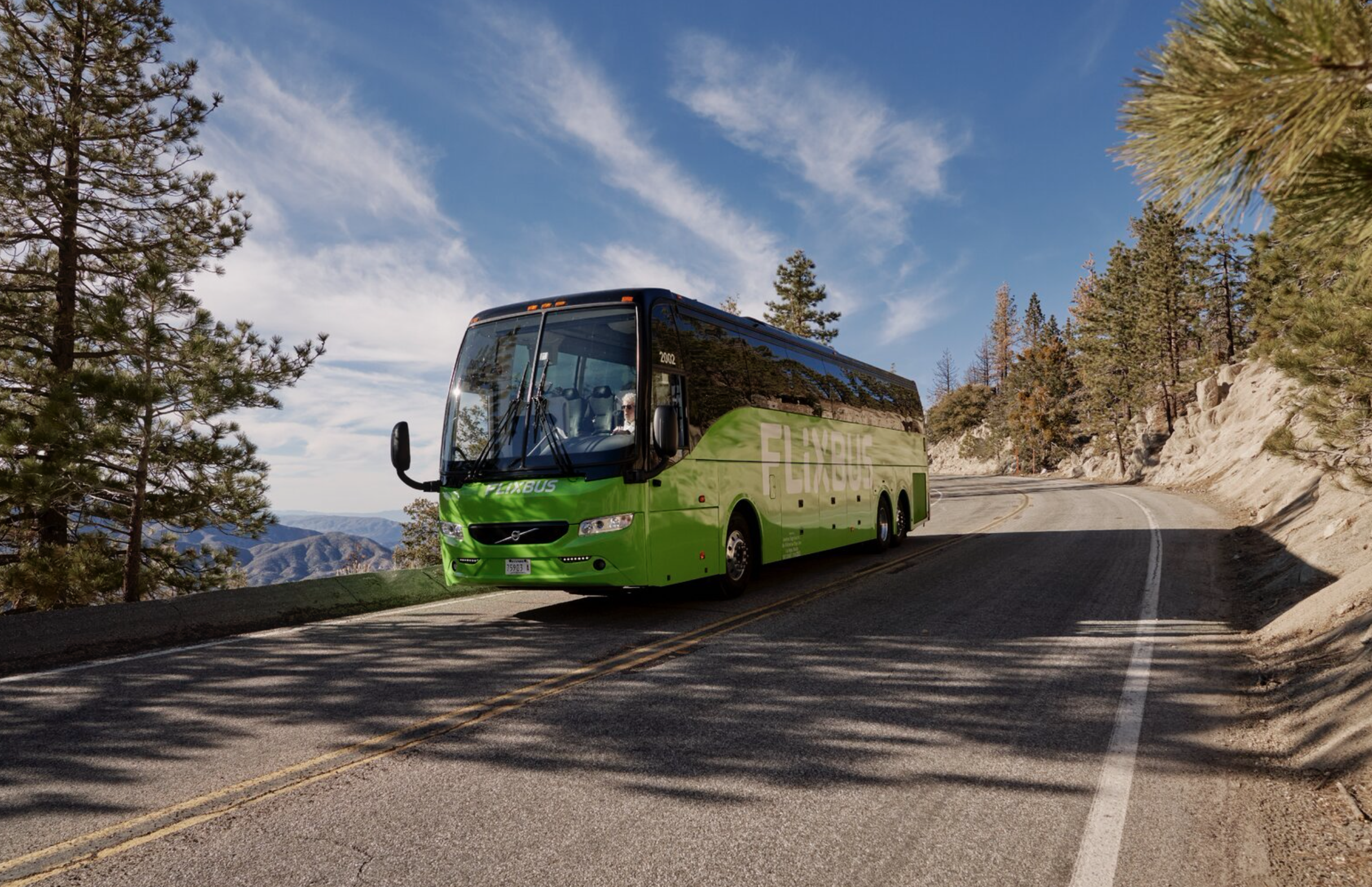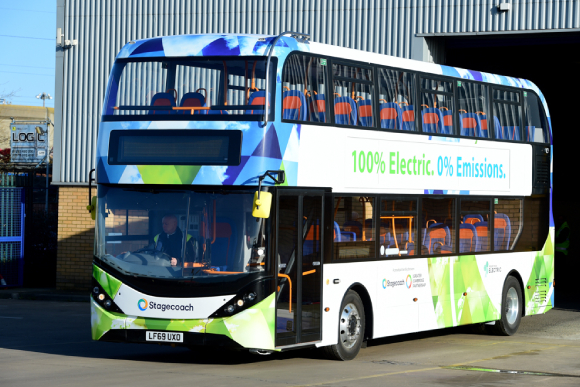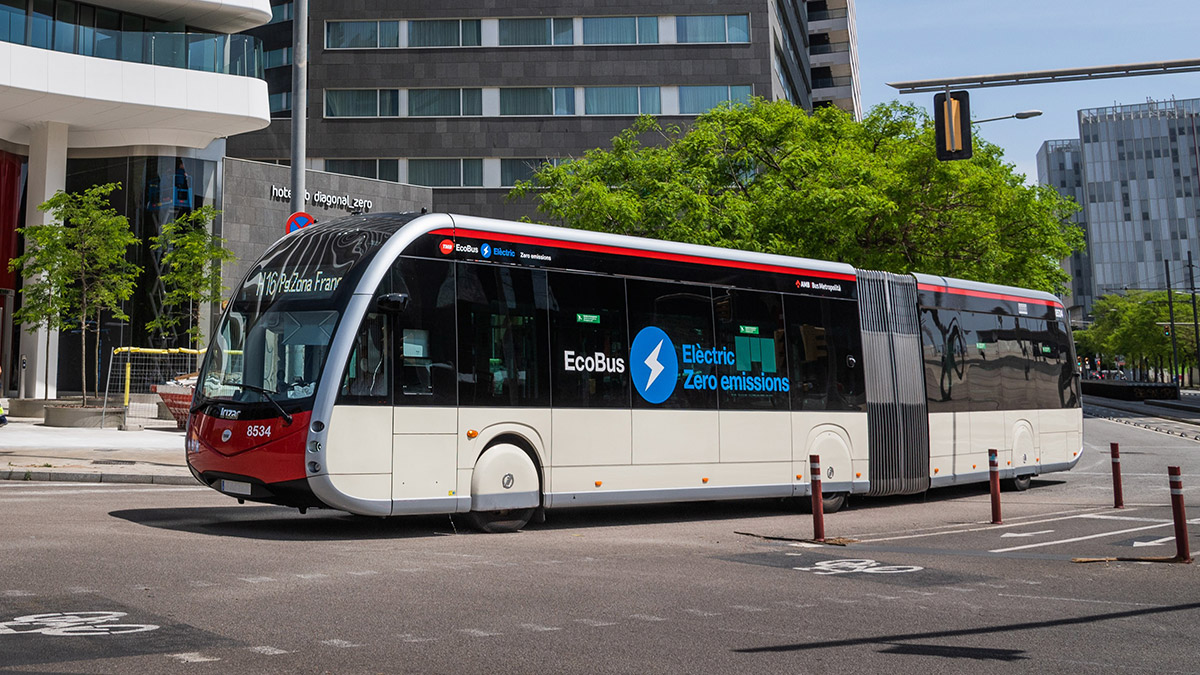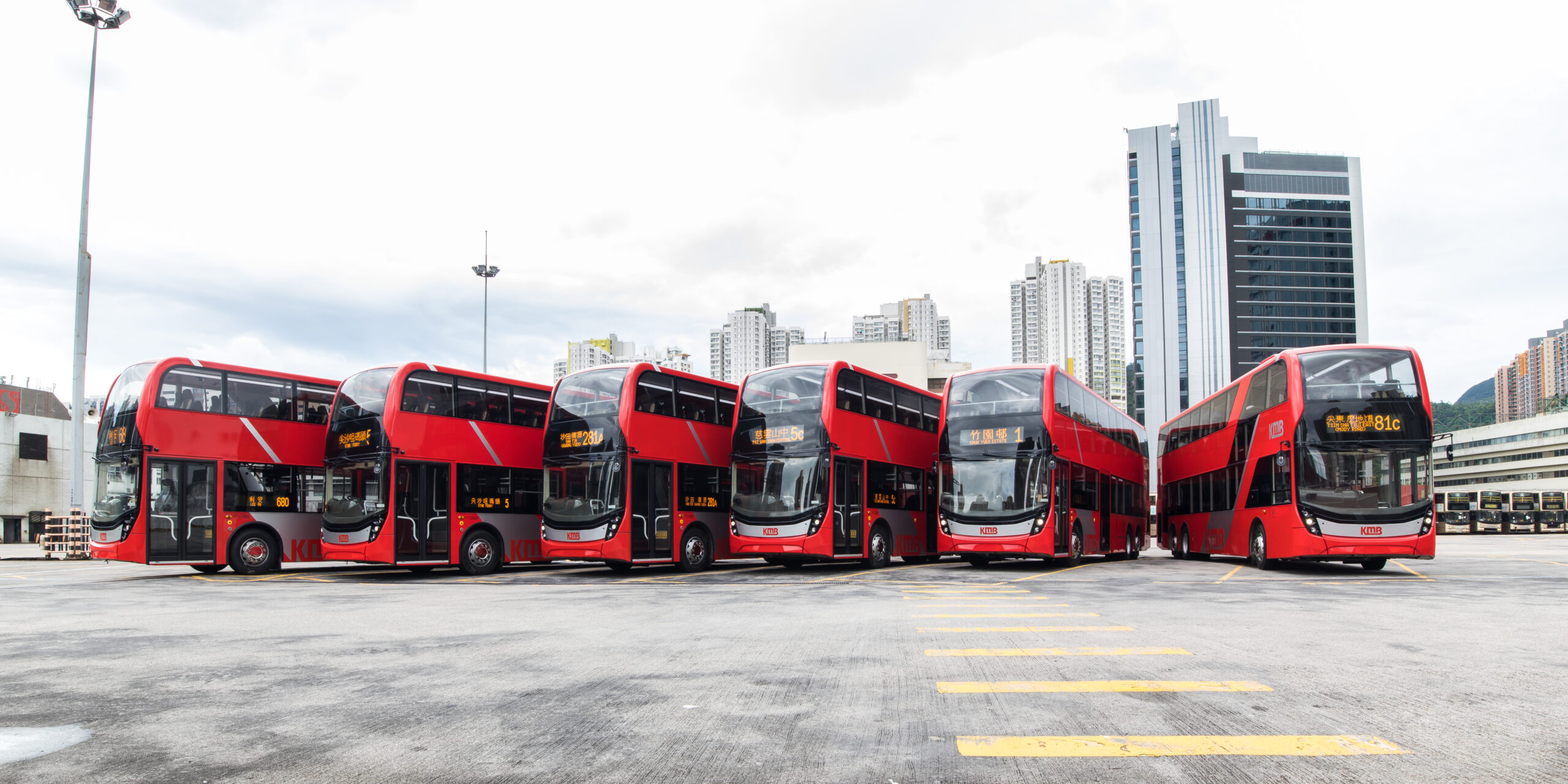When it comes to connecting one or two DC (direct current) fast-charging stations to the electricity grid, the project is simple because the power involved is fairly limited.
A delivery point will deliver sufficient current for one or two charging stations (i.e. less than 400 amps), which feeds a box or a small low-voltage panel. The role of the latter is to supply and protect each of the two terminals. It also provide energy metering and include voltage monitoring for the various circuits, so as to alert the maintenance team in case of a loss of voltage. For a larger installation with several chargers, what points should be checked to adapt the infrastructure (civil engineering, switchboards, etc.) to the charging of electric buses?
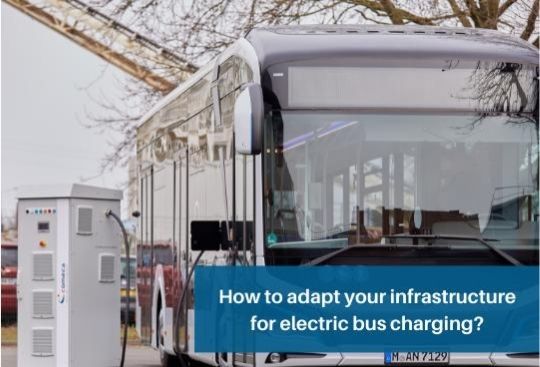
Identify the Operational Need
For a larger installation with multiple chargers, several questions must be considered in order to determine the installation to be set up to supply the charging stations.
Types of Low-Voltage Switchboards
The low voltage electrical panel distributes energy to each of the terminals and includes two types of offer:
- The panel kit offer (delivered flat packed) and assembled by a panel builder who integrates the same brand of equipment to protect each load. This is very often a solution in which everything is fixed to the chassis. The cost of the solution is then advantageous, but maintenance is more difficult. This offer is generally limited to about 4000 amperes, or approximately 20 charger terminals of 160kW. Above 4000 amperes, the electrodynamic and thermal effects are more complex to control and require significant expertise to manage.
- The manufacturer’s panel: for high currents, this is the preferred offer. The manufacturer is the creator of the enclosure solution including the support for the copper bars that carry the current. He integrates the equipment and has all the safety points checked by an external body, including overheating and resistance to short-circuit and internal arcing. This process, which is repeated for each brand of switchgear, gives the builder solid design experience and the ability to propose the ideal solution for a project.
Choosing the Right Mobility and Service Index
Depending on whether or not it is necessary to keep the installation energised during maintenance or servicing, the correct mobility and/or service index must be chosen. For example, when the installation is fixed (FFF or IS111), it is necessary to cut the power to the entire switchboard in order to carry out maintenance. This has the effect of putting all the chargers out of service for the duration of the intervention, which can be detrimental to service continuity. A plug-in solution (WWW or IS333) allows work to be carried out safely on a single module. This means that only one charger is out of service for the duration of the intervention, allowing the others to continue operating. Intermediate service or mobility indices can also offer technical and economic solutions adapted to each case.
The Keys to Greater Safety
For the safety of the operators and the installation, two factors must be taken into account before the assembly is built: the size and the internal arc resistance.
Considering Forms of Separation for Personnel Safety
Forms of separation are physical partitions that divide the enclosure into smaller volumes and prevent inadvertent touching of a live, bare conductor. It is therefore an important concept for the safety of the operators who will open the enclosure doors.
Take into Account the Internal Arc and Adapt the PPE (Personal Protective Equipment)
In case of an electric arc (presence of a rodent, conductive dust, handling error), the higher the short circuit intensity of the installation, the stronger the blast effect and the hot gasses generated. As a result, the installation will be unusable for a few days (at best) with potential operating losses.
Fixed switchboards with their large open doors cannot contain the internal arc, however small it is, and will expose the maintenance personnel, who must wear suitable protective clothing no matter what during maintenance activities.
The switchboards of the manufacturer have partitions and are more resistant to internal arcing. Some are able to contain an internal arc or even prevent it from occurring. They are evaluated by tests, the results of which prove that it is safe to approach them if you are equipped with a boiler suit and standard PPE (helmets, goggles or visor, gloves, shoes). The choice of these options increases the safety of the staff.
What Infrastructure Upstream of Low Voltage Distribution?
The MV-LV Transformer
Upstream of the low-voltage switchboard is the MV-LV (medium voltage-low voltage) transformer. This is usually a standard product with standardised voltages and powers. The choice of technology (oil, vegetable oil or dry) is possible in the ranges of many suppliers.
The MV Substation
The MV (medium voltage) substation is the last interface before the network upstream of the transformer. Its architecture and design are particularly normalised and standardised because it is a link in the reliability of an entire distribution loop (an industrial site, a district). It is therefore the distribution network operator who sets the rules and checks that they are respected before authorising the installation to be powered up. The choice of switching technology, whether in air, inert gas or vacuum, is left to the client. It is also from this delivery point that the first energy meters and sensors will be installed to monitor consumption and send alerts for maintenance in the event of a loss of voltage or opening of circuits.
Energy Storage
The site can also have a complementary power supply, a photovoltaic installation for example, whose current will be stored while waiting to be consumed at the end of the day. The inverter will then act as a second energy supplier, allowing less consumption on the grid and thus reducing the daily energy bill. V2G (vehicle-to-grid) also allows the excess energy stored in the vehicle batteries to be fed back into the grid. This requires an installation that allows bi-directional power to the grid and special metering.
In order to adapt the infrastructure for electric bus charging, it is first necessary to identify the operational needs. Once this has been done, several elements must be taken into account, such as the types of existing switchboards: the kit switchboard offer or the manufacturer’s switchboard. It is also important to choose the right mobility and/or service index. The safety of the operators and the installation is also a key element. Finally, it is important to determine the infractor upstream of the low voltage distribution. All these elements are taken into account in order to choose the most suitable solution for recharging the electric bus fleet.
This article was originally published by Comeca Group.



